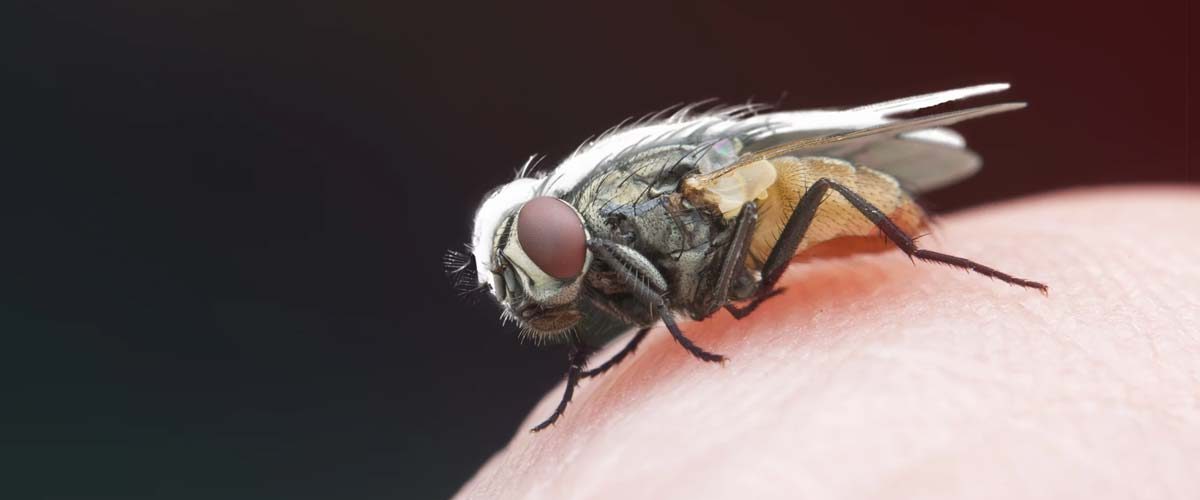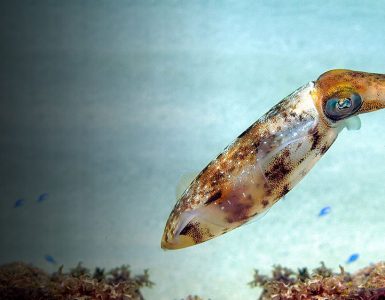Widely spread False stable flies are known as a potent vector or carrier of pathogens (disease-causing agents). It is known to cause intestinal myiasis in humans. Its effective control is possible with the help of pesticides like Novaluron. The maggots of this fry are found in animal feces and decaying vegetables.
There are different types of pesticides available that attack at different phases of insect growth. The drawback of using broad-spectrum insecticides, (as has been practiced) is that they can be toxic to humans and other biological organisms and insects can develop resistance against those insecticides.
A new class of compounds, Insect Growth Regulators (IGRs) has been introduced recently that acts selectively only on the growth and metamorphosis of the detrimental pests.one such agent is Novaluron. Which has benzoylphenylurea (BPU) in it. It has been approved and used in the USA on crops like potatoes, apples, and cotton. This pesticide is a drug of choice for many as it posesa very low risk to the environment and non-target organisms for integrated pest management.
While exploring the toxic effects of novaluron and its impacts on the lifecycle of false-stable flies in Laboratory of Entomology, Al-Azhar University, Egypt, Lamya A. Al-Keridies found that Novaluron manifested high toxicity by showing mortality of larvae, pupae, and adult false-stable flies. LD50 (the amount of substance given all at once to cause the death of half or 50% of the test animals) was calculated to measure the short-term poisoning potential of Novaluron, it was found to be 0.018 μg/insect for Larvae and 0.057 μg/insect for prepupae.

Regarding the effects of Novaluron on the developmental durations and rate of False-stable flies, researchers observed that larval duration was markedly reduced and pupal duration was significantly prolonged. The developmental rate receded to 2 doses. Whereas, the adult female false-stable fly had shortened longevity, after treatment in contrast to those who are not treated.
When reporting the effects of Novaluron on the metamorphosis of the fly, scientists found that pupation rate and doses of Novaluron are directly related, that is pupation regressed as the dose increased, but no significant effect of the insecticide has been observed on the pupation rate after treatment of prepupae. The adult emergence stopped after 3 the application of 3 doses.
Another remarkable observation was that the deformed adults couldn’t sexually be differentiated into males and females after treatment with Novaluron, irrespective of the treatment time. The major feature of deformation was dwarf bodies with curly wings, shriveled parts of the mouth, and ill-formed legs and all of the deformed adults died without mating, within a few days. Novaluron also reduced fertility in flies in a dose-dependent manner, as female fecundity inhibited on last instar larvae or prepupae. This insecticide is believed to interfere with ovarian follicular growth and egg maturation.
This study has established the toxicity of Novaluron an Insect Growth Regulator against False-stable fly at larvae, pupae, and adult level by disrupting its development, metamorphosis, and fecundity.
Therefore, it can be safely used in the integrated pest control program for the control of flies, especially medially hazardous flies.
Keywords:
Novaluron, insect growth regulator (IGR), toxicity, LD50, M. stabulans, False-stable fly, flies, pesticide, insecticide, myiasis
















Add comment